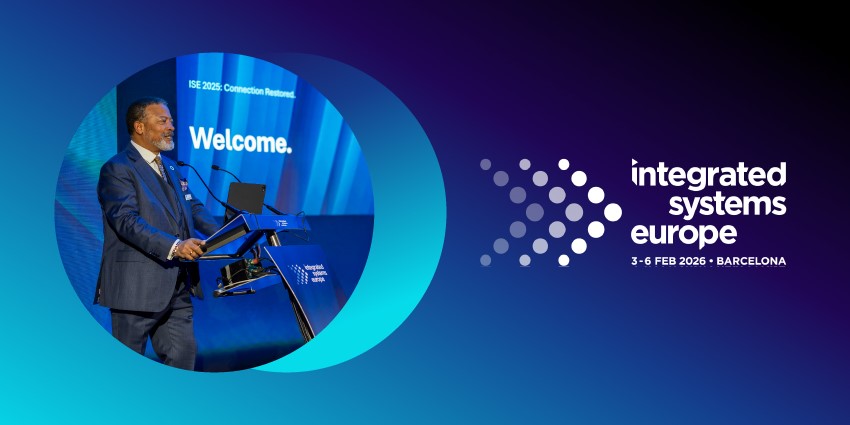This is now, the ‘age of the bot’.
Even as the market for chatbots moves from mere hype and excitement, to a space of maturity and universality, it’s evident that this is a phenomenon that’s here to stay. Having said that, it’s important to remember that they won’t be replacing the power or the impact of the ‘human factor – the ability to connect, converse, and speak with a real person.
However, today several daily, iterative customer service tasks are consistently being automated via chatbots. This helps to reduce timelines, offer cutting-edge tech for an enhanced customer experience, while ensuring a streamlined return on investment.
Let’s begin by looking at the major technologies, companies are investing in, at this moment:
‘Technology as a driver of innovation’
Today, firms are open to all kinds of experimentation, when it comes to chatbots. broadly, we see three major trends:
The move from NLP to NLU
Often, AI experts and solution providers opine that Natural Language Processing or NLP is at the core of a high-functioning chatbot. Interestingly, this isn’t entirely true. As a result, there is a shift in the works – a move from NLP to NLU or Natural Language Understanding. This extends the scope of a chatbot’s ability to gather data, learn quickly, and deliver humanized, bespoke responses. Companies are investing in a number of hard techs such as AI negotiation and reinforcement learning, in order to help chatbots genuinely ascertain user desire and intent.
The rise and rise of Voice Interface
There’s been some criticism around how chatbots add to taps and friction, as against the norm for regular UI scenarios. This has led to an attempt at creating an interface, that feels easy, works simply, and is hassle-free – in other words, ‘Voice Interfacing’ is considered an essential for chatbots. Add to this, the growing popularity of Smart Speakers like Google Home, Apple Homepod, and Amazon Echo, and the case for an effective Voice Interfacing system is pretty solid.
The hybridization model with Conversational Interfaces
As companies begin to grapple with the challenges of NLP, new ideas are being explored for smarter and enriched UX. Instead of only depending on natural language interactions, with Conversational Interfacing, one can build a more dynamic user experience. An illustration of this would Slack’s bot platform, which carries a vibrant mix of images, message menus, and interactive buttons.
The use of text-focused chatbots for enhanced customer experience
There are several chatbot engines now working on a majority of social networking channels, (such as Facebook Messenger and Baidu), which helps companies action simplified interfaces for the programming of dialogues, in a textual mode. Ironically, most of these don’t work on AI, and instead operate on a closed question model, in order to feed in dialogues. Once a question is formulated, an answer is arrived at through keyword research or is provided by an actual person.
Given the above trends, it would be great to see a movement towards deeper sophistication in the chatbot engineering and design, which cover areas like, wider customer engagement across social channels, user identification & authorisation management, customer request analysis via machine learning, expanded questionnaires for request assessment, and adapted information offerings through connections with other IT/IS.
Chatbot Vendors
| Vendor/Product Name | Web Site |
| Amazon | Amazon Connect + Lex |
| Arabot | Arabot |
| Aspect | Aspect CXP Pro |
| Athenka | Athenka |
| Botsify | Botsify |
| BotsCrew | BotsCrew |
| Botfuel | Botfuel |
| Botmind | Botmind |
| Chatfuel | Chatfuel |
| Conversable (acquired by LivePerson) | Conversable |
| Destygo | Destygo |
| ECS Inc | ECS Inc |
| Engati | Engati |
| Enghouse Interactive | Enghouse Interactive |
| FloatBot | FloatBot |
| FlowXO | FlowXO |
| Google Dialogflow (previously Api.ai) | Google Dialogflow |
| Gubshup | Gubshup |
| IBM Watson Assistant | IBM Watson Assistant |
| Inbenta | Inbenta |
| It’s Alive | It’s Alive |
| KITT.AI (acquired by Baidu) | KITT.AI |
| Like a Bot | Like a bot |
| LivePerson | LivePerson |
| Living Actor | Living Actor |
| ManyChat | ManyChat |
| Meya.ai | Meya.ai |
| Microsoft Bot Framework | Microsoft Bot Framework |
| Microsoft Language Understanding Intelligent Service (LUIS) | Microsoft LUIS |
| Mindmeld (acquired by Cisco) | Mindmeld |
| MobileMonkey | MobileMonkey |
| Morph.ai | Morph.ai |
| motion.ai (acquired by HubSpot) | motion.ai |
| Octane.ai | Octane.ai |
| Pandorabots | Pandorabots |
| Pypestream | Pypestream |
| rasa NLU | rasa NLU |
| Rebot.me | Rebot.me |
| Recast.AI (acquired by SAP – now called SAP Conversational AI | SAP Conversational AI |
| Reply.ai | Reply.ai |
| Semantic Machines (acquired by Microsoft) | Semantic Machines |
| Smartloop | Smartloop |
| Smartly.ai | Smartly.ai |
| Sor’un | Sor’un |
| Twyla | Twyla |
| wit.ai (acquired by Facebook) | wit.ai |
| Zebo | Zebo |
What are the benefits of a chatbot in the contact center? Let’s examine the real difference or changes, a chatbot can implement:
Why the bot is a differentiator
Improved user attention
Given how users have a very limited attention span, and that there are always multiple channels or platforms or applications in use at any time, it’s vital to find new ways to capture attention and drive retention. With conversational interfaces, one can offer data under the command of the user, in a progressive model, boosting engagement. There’s also a clear call to action, and an ability to arouse user interest and recall.
Reduced user frustration
More users, have at one point in time or the other, seen a ‘sci-fi rendition’ of what a chatbot can achieve. This has had a dual effect, pushing interest while also ensuring very limited tolerance for any errors. Conversational Interfaces can help contain possible glitches, by propelling users to stay proactive, offering choices, and keeping the field within pragmatic boundaries.
Better cost management
With Conversational Interfaces, one can maintain a cap on costs, since its web-based and can work autonomously right from day 1, with zero need for any human assistance. It will of course, require continuous improvements, in order to make the interactivity friction-free, but at a fraction of the training and other costs, one has to generally manage.
Well, these are some of the many benefits and factors, pushing the idea of chatbots into most contact centers. How does one implement this transition? Can it be done with minimal business disruption, and a focus on speed, accuracy, and efficiency?
Implementation is everything
Remember, chatbots can be programmed to do almost anything, and are tutored for a variety of roles, which also includes tone of voice! The thought behind any program, is to make the chatbot as natural as possible, meeting the basics of real, human conversations. Here the key qualities, a chatbot must have, and which would help architect a proper implementation pathway:
Transparency – First up, the chatbot should identify itself for what it is, and share a list of its composite capabilities, offering guidance and support via a pop-up menu of common customer requests.
Personalization – The chatbot must have its own unique tone, voice, and conversational technique – like any other human, making it stand out and form a character unto itself. This is part of the company’s brand identity and customer service philosophy. Sometimes, common catch-lines, popular slogans, product pitches, or even emojis can be used.
Detailing – It’s important to give the user all the information that’s needed or requested. Chatbots can also use images or symbols to ensure clarity and understanding.
Dynamism – Considering the fact that most chatbots will have to deal with an almost infinite number of issues, from various vantage points and opinions, they have to be continuously modified, adding new data or approach patterns. Over time, they should improve performance, and cannot be treated as a ‘one-size-fits-all’ or a ‘one-time-and-done’ model.
A very bright road ahead
There you have it. Chatbots must be easy to integrate with customer data and one’s regular service channels, and with a company’s general business processes. If and when, the chatbot cannot address a particular customer concern, it must immediately shift the call to a live agent. Escalation methodologies must be seamless and smooth, articulated by navigation tools. The agent must also be provided with a quick update on the progress made so far, and should commence dialogue with a formal acknowledgement of the interaction so far.
With these factors in mind, chatbots can transform how businesses go about daily and repetitive tasks, making the workplace smarter and more agile, even as employees can focus on the bigger picture, and other key strategic initiatives.







